Blog description in detail:
Boxes for packaging in Canada have various uses across different industries and sectors. Here are some common uses of packaging boxes in Canada:
Product Packaging
Packaging boxes are extensively used for products across industries such as food and beverages, cosmetics, electronics, pharmaceuticals, etc. These boxes protect the products during transit, provide branding opportunities, and offer information about the product.
Shipping and Transportation
Packaging boxes play a crucial role in shipping and transportation. They are used to safely pack and transport goods from one location to another, ensuring protection against damage, moisture, and other external factors. They are designed to meet shipping requirements and often comply with international shipping standards.
E-commerce Packaging
With the growth of e-commerce, packaging boxes are widely used for shipping products ordered online. They serve as the primary packaging solution for individual products or as part of a larger shipment. E-commerce packaging boxes are often customized with branding elements and offer easy handling and efficient storage.
Retail Packaging
Packaging boxes are utilized in retail environments to display and package products for customers. These boxes can be designed with attractive graphics, logos, and product information to enhance the brand's visibility and create a positive shopping experience.
Moving and Storage
Packaging boxes are essential when individuals or businesses are relocating or need to store items. They provide a convenient and secure solution for packing and organizing belongings during a move or for storage purposes. Moving boxes are typically sturdy and come in various sizes to accommodate different items.
Gift Packaging
Packaging boxes are commonly used for gift-giving occasions. They add an element of surprise and enhance the presentation of the gift. Gift boxes can be decorated, personalized, and designed to suit different occasions, such as birthdays, weddings, holidays, and corporate events.
Promotional and Marketing Materials
Packaging boxes can be used as promotional tools to create brand awareness and market products or services. Companies often design custom packaging boxes with their logo, taglines, and contact information to make a lasting impression on customers.
Display and Point-of-Sale Packaging
Packaging boxes are utilized for displaying products at retail stores or trade shows. They can be designed with window cutouts, foldable features, or attractive designs to showcase the products and grab the attention of potential customers.
Sustainable Packaging
There has been a growing emphasis on sustainable packaging solutions in recent years. Packaging boxes made from eco-friendly materials, such as recycled cardboard or biodegradable options, are increasingly used to minimize environmental impact and meet consumer preferences for more sustainable options.
Custom Packaging Stations
Packaging stations are designated areas or workstations where packaging activities occur within a facility. These stations are set up to ensure efficient and organized packaging processes while prioritizing compliance, safety, consistency, and performance. By incorporating organization, compliance, safety, consistency, performance, and efficiency into packaging stations, businesses can create a controlled and productive environment for packaging operations. These factors contribute to products' smooth and effective packaging, ensuring that they meet quality standards, regulatory requirements, and customer expectations. Let's explore each aspect in more detail.
Organization
Packaging stations are designed to create a structured and organized environment for packaging operations. They typically have designated areas for different tasks, such as product assembly, labelling, quality control, and packing. This organization helps to streamline the workflow, reduce errors, and improve productivity.
Compliance
Packaging stations adhere to regulatory and industry-specific compliance requirements. This includes following packaging guidelines, labelling regulations, safety standards, and any other legal obligations related to packaging and shipping. Compliance ensures that products are packaged correctly, with the necessary information and warnings, to meet regulatory standards and customer expectations.
Safety
Safety is a top priority in packaging stations. These areas are set up to minimize the risk of accidents or injuries during packaging operations. Safety measures may include:
- Ergonomic workstations.
- Proper training on handling equipment and materials.
- Personal protective equipment (PPE) use.
- Adherence to safety protocols.
Packaging stations help protect workers and maintain a safe working environment by prioritizing safety.
Consistency
Packaging stations aim to achieve consistency in packaging processes and outcomes. Standard operating procedures (SOPs) are established to ensure that packaging tasks are performed consistently and uniformly across different products or batches. This helps maintain product quality, brand consistency, and customer satisfaction. Consistent packaging also facilitates efficient inventory management and reduces errors or discrepancies in packaging.
Performance
Packaging stations focus on optimizing performance and meeting production targets. They are designed to support efficient and timely packaging operations. This may involve automated equipment, tools, or machinery to speed up packaging processes. Performance metrics and key performance indicators (KPIs) are often monitored to track the packaging stations' productivity, throughput, and efficiency.
Efficiency
Packaging stations aim to maximize efficiency by minimizing waste, reducing downtime, and optimizing resource utilization. This can be achieved through efficient layout design, optimized workflow, elimination of unnecessary steps or processes, and proper training of packaging personnel. Efficient packaging stations help reduce costs, improve productivity, and enhance operational efficiency.
Ways to improve custom packaging printing stations
By implementing these strategies, custom packaging printing stations can optimize their operations, enhance print quality, increase productivity, and deliver outstanding custom packaging Canada solutions to meet customer needs effectively. Improving custom packaging printing stations can enhance the printing process's efficiency, quality, and overall performance. Here are several ways to achieve these improvements.
Upgraded Equipment
Invest in high-quality printing equipment and machinery that can handle custom packaging printing with precision and speed. Upgraded equipment can improve print quality, reduce downtime, and increase productivity.
Advanced Software and Design Tools
Utilize cutting-edge software and design tools specifically tailored for custom packaging printing. This enables efficient artwork preparation, customization, and seamless integration with printing equipment, resulting in accurate and visually appealing packaging designs.
Workflow Optimization
Analyze and streamline the workflow of the printing station to eliminate bottlenecks and optimize efficiency. Consider factors such as order processing, file management, colour management, proofing, and quality control. Identifying and addressing workflow inefficiencies can significantly improve productivity.
Colour Management and Calibration
Implement robust colour management systems and regularly calibrate the printing equipment to ensure consistent and accurate colour reproduction. This is crucial for maintaining brand consistency and meeting customer expectations.
Staff Training and Expertise
Invest in training programs to enhance the skills and knowledge of the printing station operators. Proper training ensures that employees understand the equipment, printing techniques, and quality control processes, leading to improved print outcomes and reduced errors.
Quality Control Procedures
Establish comprehensive quality control procedures to ensure that printed packaging meets the desired standards. Regular inspections and quality checks should be conducted throughout the printing process to promptly identify and rectify any issues.
Material Selection and Testing
Work closely with suppliers to select appropriate materials for custom packaging printing. Conduct testing to ensure that the chosen materials are compatible with the printing process, provide optimal results, and meet the required durability and aesthetic standards.
Environmental Sustainability
Embrace sustainable printing practices using eco-friendly materials, inks, and processes. Incorporate recycling initiatives and minimize waste generation. Adapting sustainable practices reduces environmental impact and appeals to environmentally conscious customers.
Collaboration with Customers
Foster close collaboration with customers during the design and printing process. Effective communication and feedback mechanisms help understand their specific requirements, leading to improved customer satisfaction and customized solutions.
Continuous Improvement
Regularly evaluate the performance of the custom packaging printing station and seek opportunities for continuous improvement. Encourage feedback from employees, customers, and stakeholders to identify areas of enhancement and implement innovative solutions.
What is minimalist packaging design technique?
Minimalist product packaging design is a technique that focuses on simplicity, clarity, and minimalism to create packaging that is clean, uncluttered, and visually appealing. It embraces the principle of "less is more" and strives to convey the essential elements of a product or brand through concise design elements. Here are key characteristics and principles of minimalist packaging design:
Simplicity
Minimalist packaging design embraces simplicity by eliminating unnecessary elements and focusing on the essentials. It strives for a clean and uncluttered visual aesthetic, avoiding excessive graphics, embellishments, and text. The design is stripped down to its core, conveying a sense of elegance and sophistication.
Clear and Concise Communication
Minimalist packaging communicates key information in a straightforward and easily understandable manner. It emphasizes concise messaging, showcasing the product name, logo, and essential details without overwhelming the design. This clarity ensures that consumers easily absorb the message.
White Space
White space, also called negative space, surrounds design elements. In minimalist packaging design, white space effectively provides breathing room and enhances the visual impact. It creates a sense of balance, elegance, and focus, allowing key elements to stand out and be appreciated.
Typography
Minimalist packaging often features simple and minimal typography. Clean, sans-serif fonts are commonly used to enhance legibility and maintain the overall minimalistic feel of the design. Typography is chosen carefully to complement the overall design aesthetic and deliver a clear message.
Limited Color Palette
Minimalist packaging design employs a limited colour palette to maintain a clean, uncluttered look. Neutral tones or a single accent colour are often used to convey a sense of sophistication. The restrained use of colour enhances the overall simplicity of the design and allows key elements to shine.
High-Quality Materials
Minimalist packaging often utilizes high-quality materials to create a tactile and premium experience. Choices such as matte finishes, embossing, debossing, or spot UV coatings can add subtle visual interest without overpowering the minimalist design. The use of quality materials reflects a sense of luxury and craftsmanship.
Emphasis on Functionality
Minimalist packaging design prioritizes functionality and usability. It focuses on providing a seamless and intuitive user experience. Packaging is designed to be easy to open, store, and handle, enhancing overall user satisfaction.
Brand Identity and Authenticity
While embracing simplicity, minimalist packaging design maintains a strong connection to the brand's identity. Clever use of the brand logo, colours, and subtle elements helps reinforce brand recognition and authenticity. These elements are carefully integrated into the design to maintain consistency and strengthen the brand association.
Sustainable Approach
Minimalist packaging often aligns with sustainability principles. It minimizes material usage, opts for recyclable or biodegradable materials, and reduces waste. This eco-friendly approach resonates with environmentally conscious consumers and reflects the brand's commitment to sustainability.
Emotional Impact
Despite its simplicity, minimalist packaging design can evoke emotions and create a sense of sophistication, elegance, and luxury. The carefully curated design elements, attention to detail, and premium feel create an impactful and memorable packaging experience. By incorporating these characteristics and principles, minimalist packaging design creates visually appealing, functional, and memorable packaging that stands out in a cluttered marketplace.
Packaging boxes for small businesses should adopt the maximalist packaging technique.
While maximalist retail packaging techniques can be visually striking and attention-grabbing, they may not always be the best fit for small businesses. Maximalist custom retail packaging involves bold colours, intricate patterns, and abundant visual elements. It aims to create a visually rich and expressive packaging experience. However, adopting a maximalist packaging technique may have certain considerations for small businesses.
Brand Cohesion
Maximalist packaging often relies on complex and elaborate designs that may not align with the brand identity of a small business. Small businesses must maintain brand cohesion and consistency across all touchpoints, including packaging. A maximalist approach must align with the brand's personality to avoid confusion or dilute the brand message.
Cost and Production Constraints
Maximalist packaging designs often involve multiple colours, intricate illustrations, and detailed patterns, which can increase production costs. Investing in complex printing processes or custom packaging options associated with maximalist designs may be challenging for small businesses with limited budgets.
Message Clarity
Maximalist packaging can sometimes overwhelm the consumer with too much visual information. Small businesses often benefit from clear and concise communication to effectively convey their product's unique selling points. A cluttered design may distract from the core message, making communicating the product's value proposition harder.
Shelf Impact and Retail Space
In retail environments, maximalist packaging can face challenges regarding shelf impact and limited retail space. Overly elaborate designs may get lost or appear crowded on store shelves, potentially reducing visibility and consumer engagement. However, it's important to note that packaging design decisions ultimately depend on the specific brand, target audience, product category, and marketing strategy. While maximalist packaging may not be the typical choice for small businesses, there may be instances where a bold and expressive packaging design aligns well with the brand and helps it stand out in a competitive market.
Small businesses should consider their brand identity, target audience preferences, production capabilities, and budget when deciding on the packaging design approach. Striking a balance between visually appealing design, brand consistency, and practicality can help small businesses create packaging that effectively represents their products and connects with their customers.
Branded packaging best practices
Branded packaging conveys a company's identity, creates a memorable customer experience, and reinforces brand recognition. By implementing these best practices, you can create branded packaging that not only effectively presents and protects your products but also strengthens your brand identity, builds customer loyalty, and leaves a lasting impression on your target audience. Here are some best practices to consider when implementing branded packaging:
Consistency
Consistency is key in branded packaging. Ensure your packaging materials, including boxes, labels, and inserts, maintain a consistent visual identity. Use the same colour palette, fonts, logos, and graphic elements across all packaging materials. Consistency helps customers recognize your brand quickly and fosters brand loyalty.
Brand Storytelling
Use your packaging to tell your brand's story and create a memorable experience. Incorporate elements that showcase your brand's values, mission, or unique selling proposition. Consider including a tagline or a brief narrative that resonates with your target audience and helps them connect with your brand on a deeper level.
Uniqueness
Differentiate your packaging from competitors by adding unique touches that reflect your brand's personality. This could include custom shapes, illustrations, patterns, or textures that align with your brand identity and product category. Strive to create packaging that stands out on the shelves and catches the eye of potential customers.
Clear Brand Messaging
Communicate your brand messaging on the packaging. Craft compelling copy and product descriptions highlighting your products' key features and benefits. Keep the messaging concise and easy to understand, ensuring that customers can quickly grasp what your brand stands for and why they should choose your product.
High-Quality Materials
Invest in high-quality packaging materials to enhance the perceived value of your products. Choose materials that align with your brand image and product positioning. Consider premium finishes, such as embossing, foil stamping, or soft-touch coatings, that adds a tactile and luxurious feel to your packaging. High-quality materials convey a sense of craftsmanship and attention to detail.
Sustainability
Embrace sustainable packaging practices to align with the growing environmental concerns of customers. Use eco-friendly materials, such as recycled or biodegradable options, and minimize unnecessary packaging waste. Communicate your commitment to sustainability on the packaging to appeal to environmentally conscious consumers and showcase your brand's values.
Functional and Practical Design
Ensure your packaging is functional and practical for the product and the end consumer. Consider factors such as ease of opening, product protection during transit, and efficient use of space. Packaging should enhance the overall user experience and convenience, making it easy for customers to access and use your products.
Attention to Detail
Pay close attention to the finer details of your packaging design. Optimize the layout, balance, and proportions of branding elements. Ensure that images and text are properly aligned and legible. Thoughtful attention to detail demonstrates high professionalism and care, leaving a positive impression on customers.
Incorporate Interactive Elements
Explore interactive packaging box elements that engage customers and create a memorable experience. This could include QR codes that provide access to exclusive content, augmented reality (AR) experiences that bring products to life, or interactive inserts that offer additional product information or promotions. Interactive elements can create a sense of excitement and foster a deeper connection with your brand.
CustomBoxline The Packaging Expert in Canada
CustomBoxline is the premier provider of high-quality packaging boxes Canada. We specialize in creating custom packaging solutions tailored to your unique needs. Our dedicated team of professionals understands the importance of packaging in product presentation, protection, and brand representation. With a keen eye for detail and a commitment to exceptional craftsmanship, we take pride in delivering packaging that exceeds your expectations. Whether you're in the e-commerce, retail, or manufacturing industry, we offer a wide range of customizable options, including box sizes, shapes, materials, and finishes. At CustomBoxline, every box we create reflects your brand's professionalism and quality. Elevate your products to new heights with our expertly crafted packaging solutions. Partner with us for a seamless packaging experience that leaves a lasting impression on your customers.
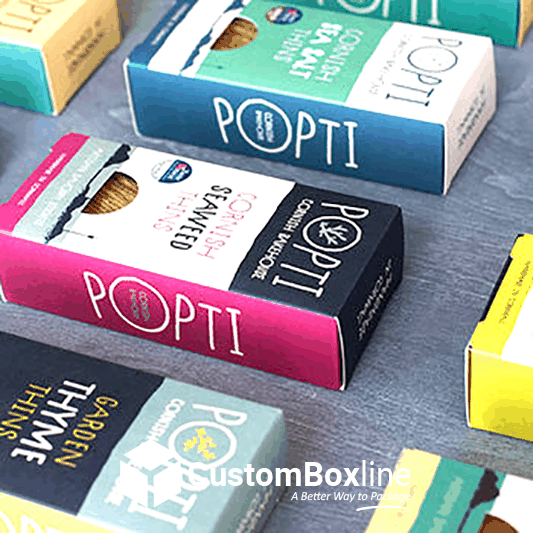
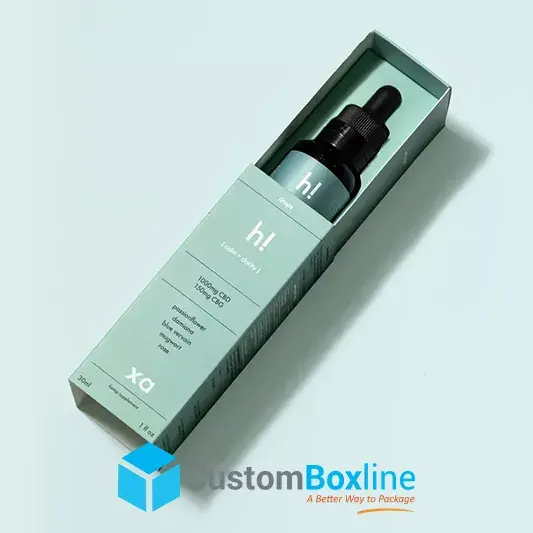










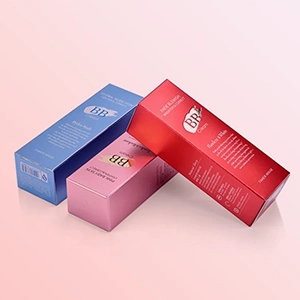
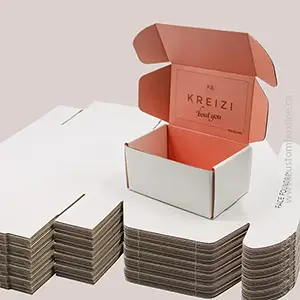
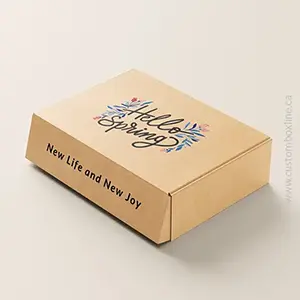
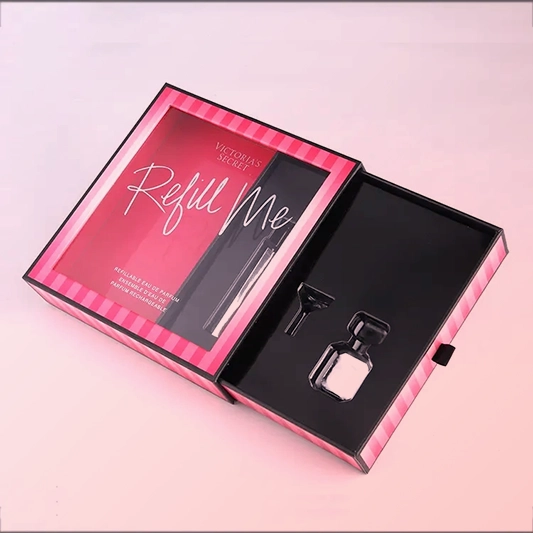

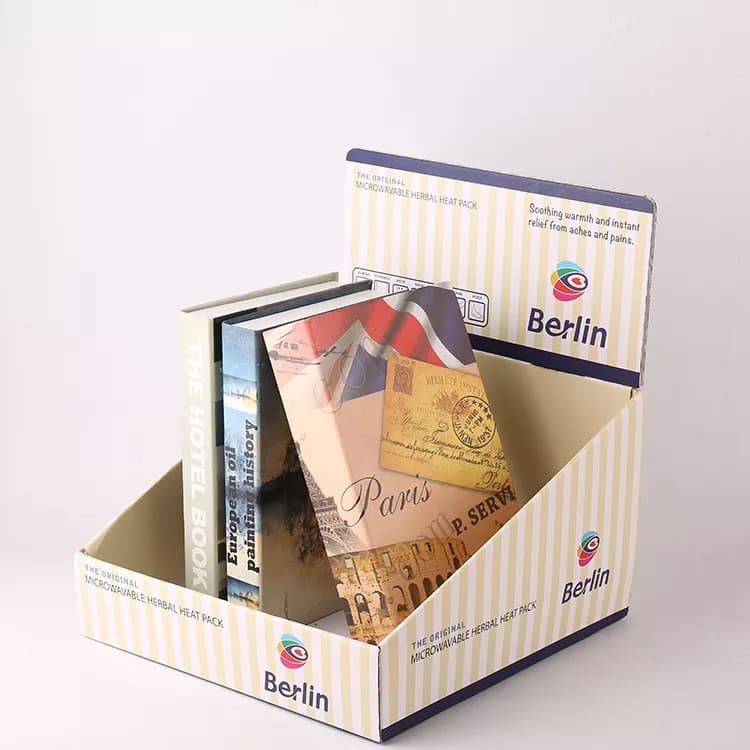
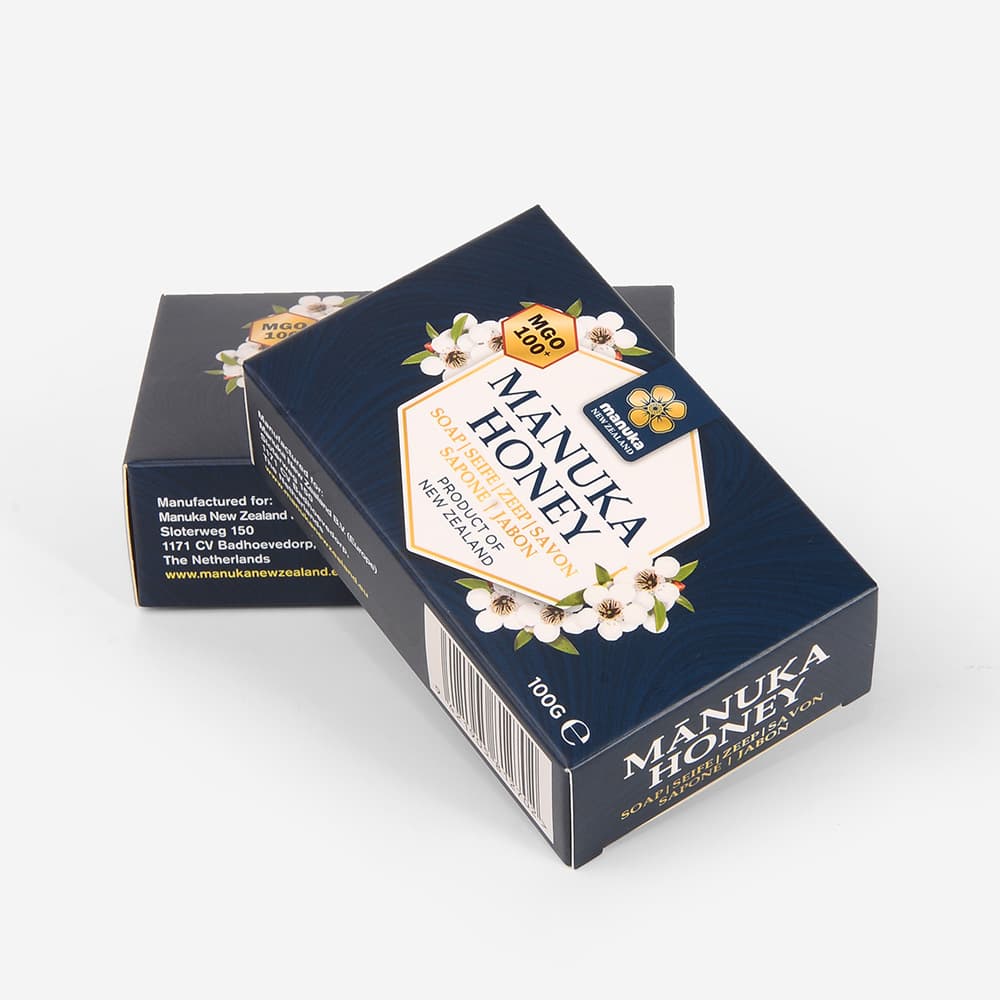
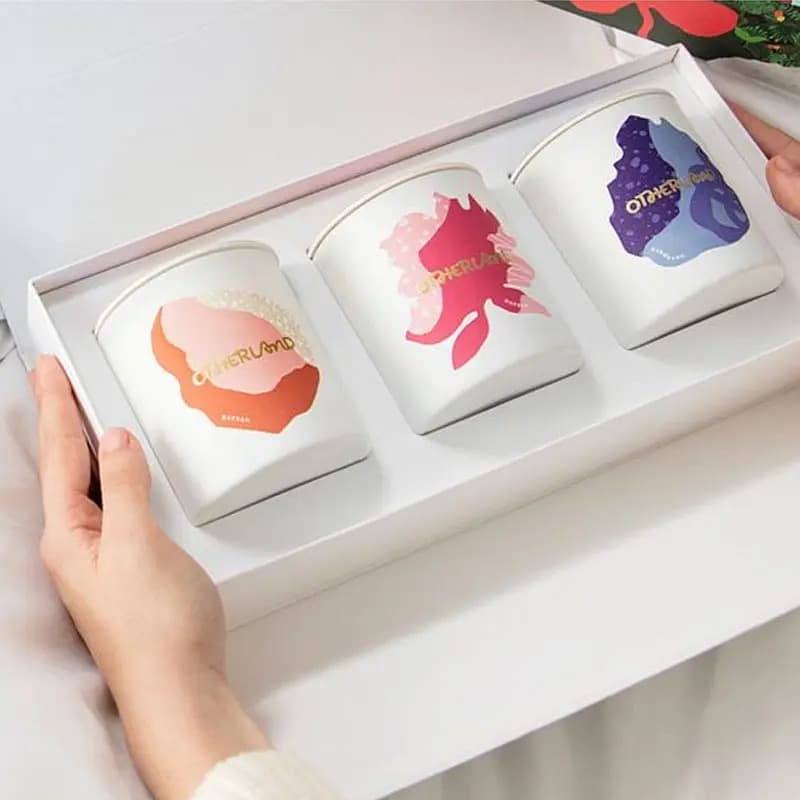
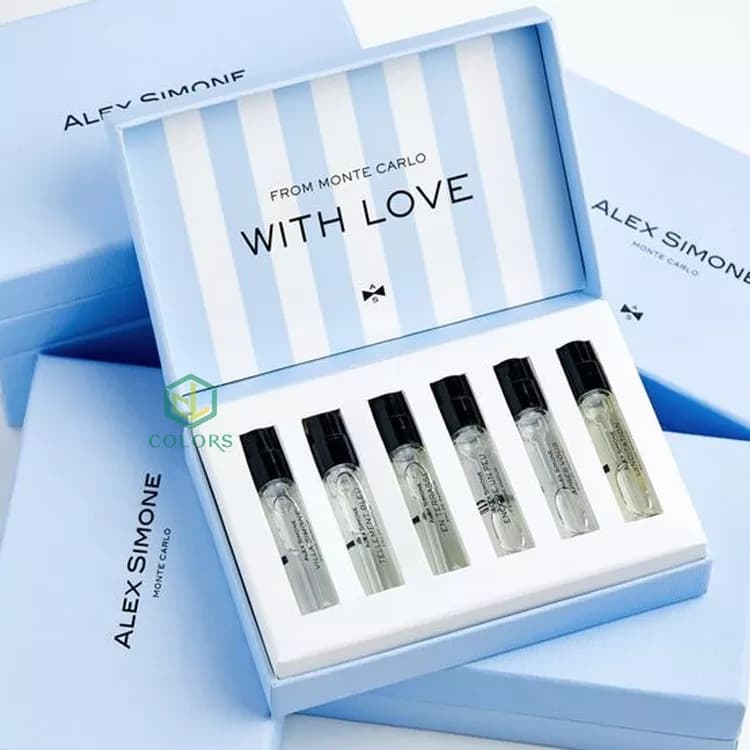
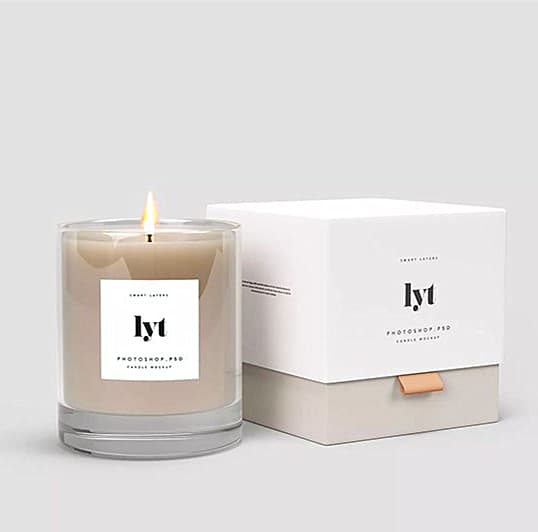
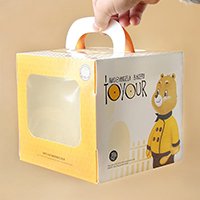
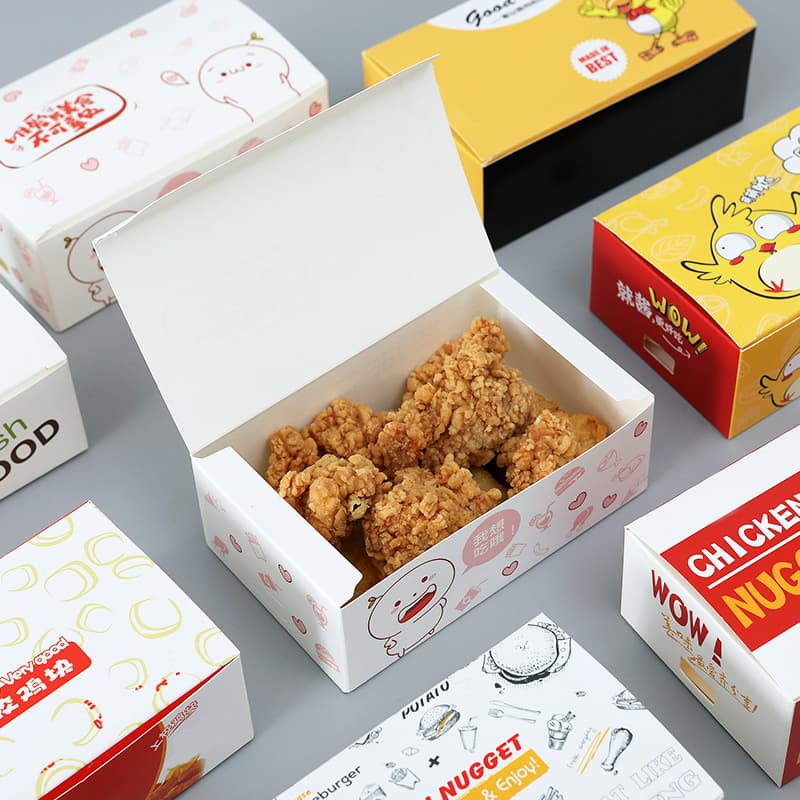








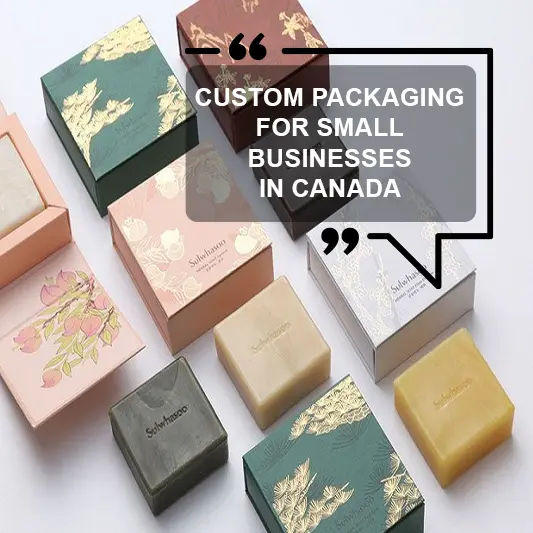
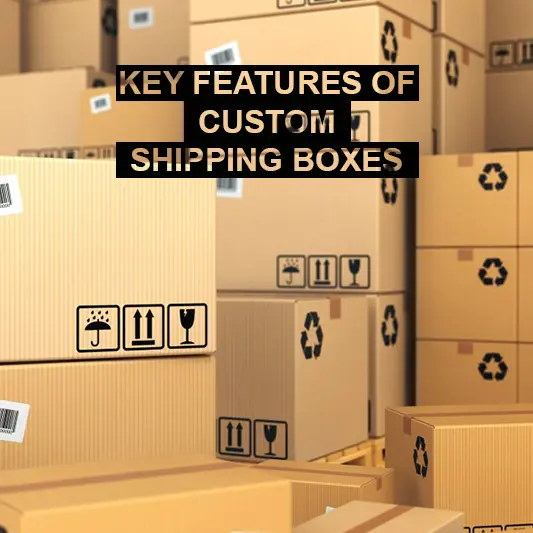
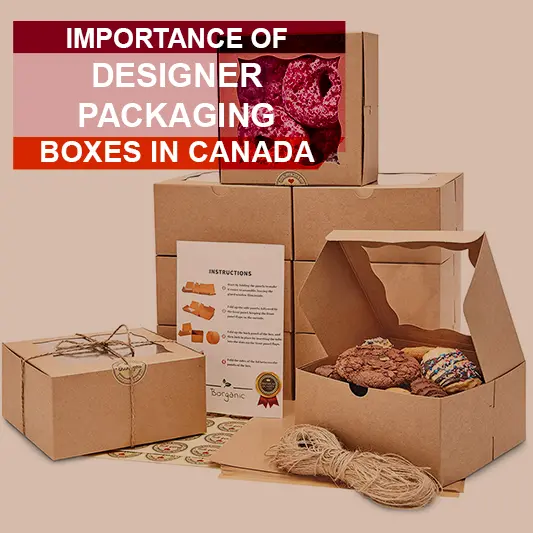
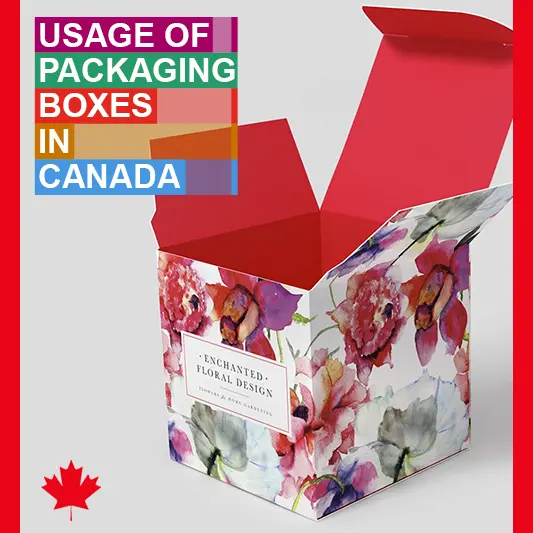
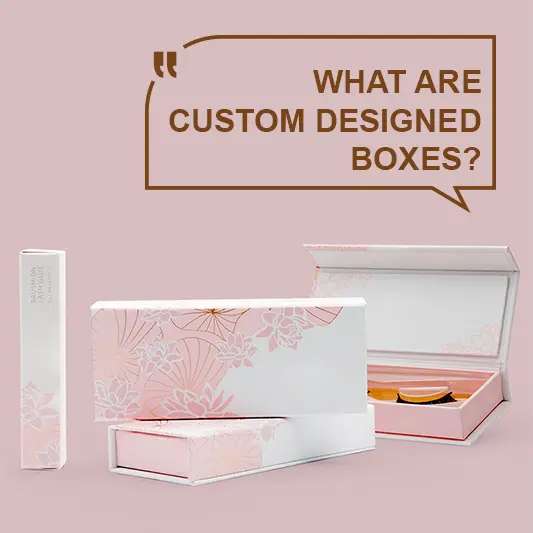
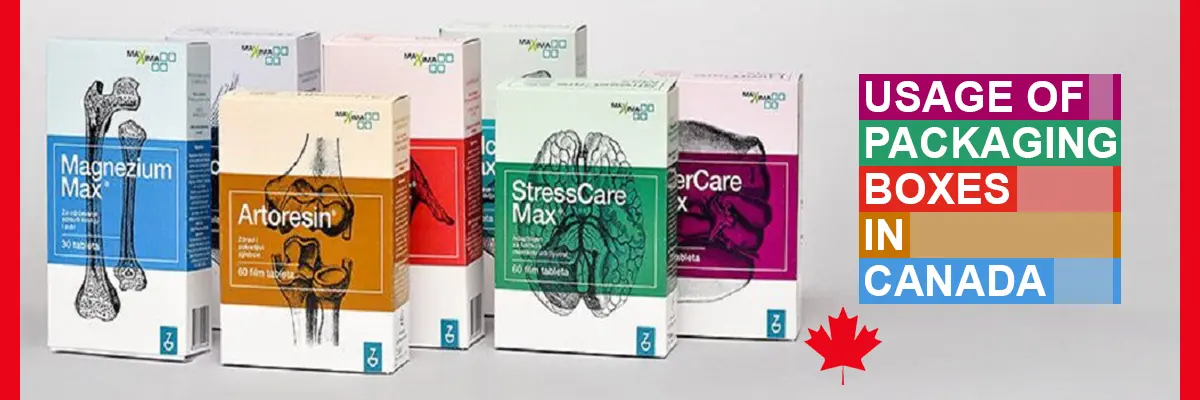
Your email address will not be published. Required fields are marked